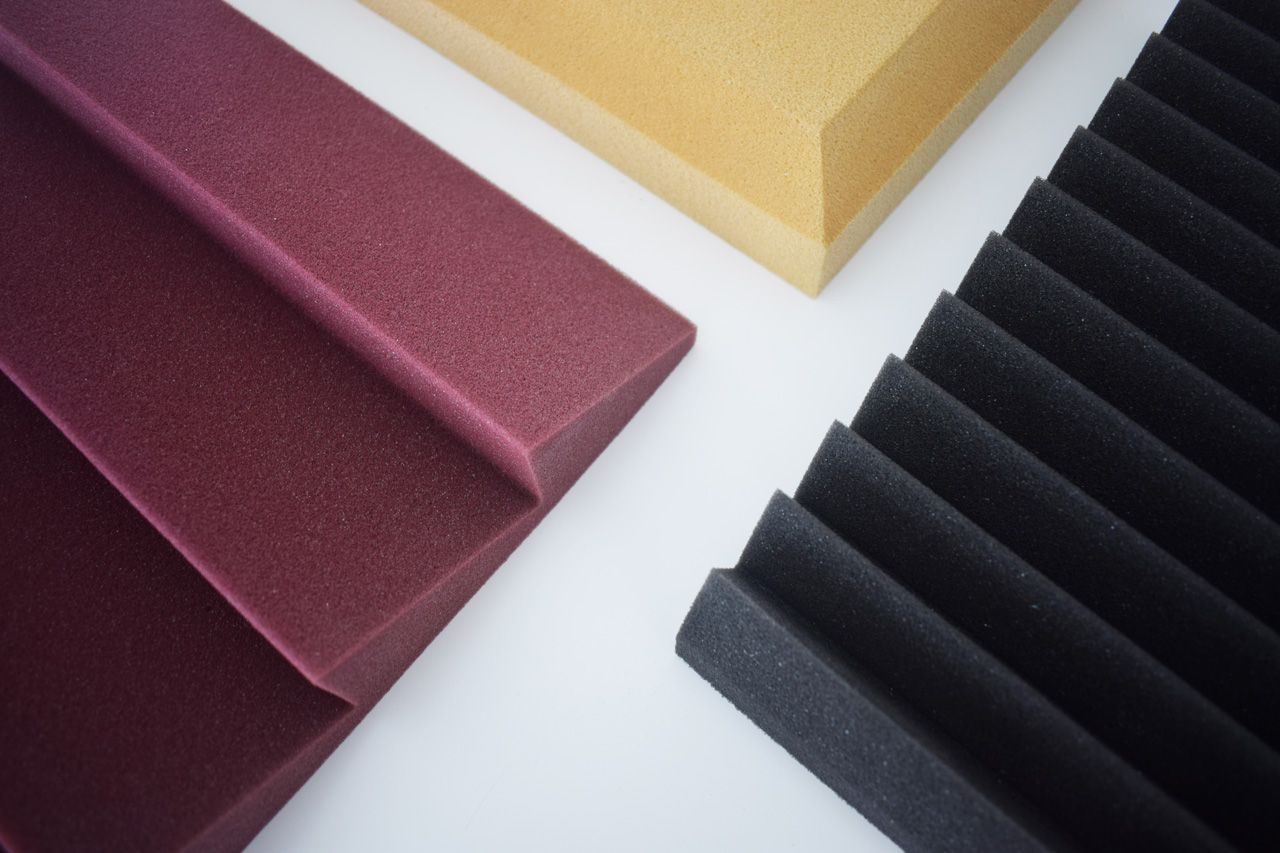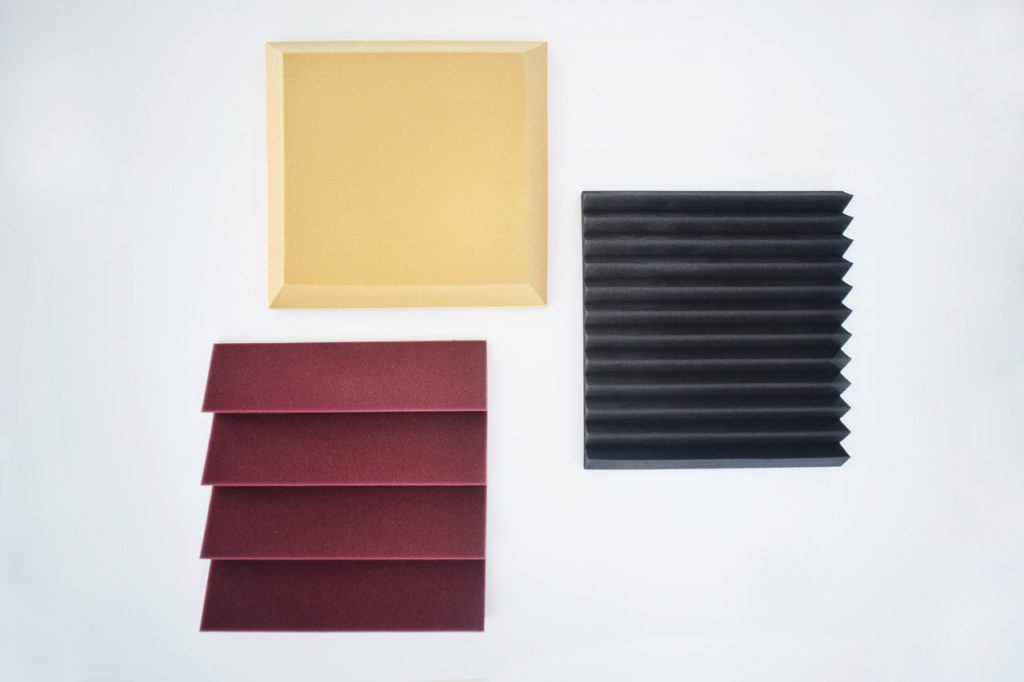Acoustic Studio Foam: Designing Sound-Optimized Professional Spaces

Professional studios require precise sound control to achieve high-quality audio production. Acoustic studio foam is integral to this process, as it absorbs sound waves, reduces reverberation, and eliminates echoes. Its open-cell structure allows sound energy to be trapped and dissipated, creating an acoustically controlled environment. This is essential for recording, mixing, and mastering audio, where clarity and accuracy are critical¹.

The Role of Acoustic Studio Foam in Sound Design
Acoustic foam is available in various shapes, such as wedges, pyramids, and flat panels, each designed to target specific frequency ranges. These designs not only enhance performance but also add a professional aesthetic to studio interiors.

How NRC Ratings Define Performance
The Noise Reduction Coefficient (NRC) rating of acoustic foam indicates its sound absorption efficiency. Measured on a scale from 0 to 1, higher NRC ratings reflect better absorption of sound waves across a range of frequencies. Acoustic studio foam typically achieves NRC ratings between 0.7 and 1.0, ensuring minimal sound reflections and optimal recording conditions².
Foam panels made from materials like melamine, such as Basotect, are particularly effective due to their lightweight and durable properties. These materials provide high NRC ratings while meeting fire safety standards, making them ideal for professional studio use.

Benefits of Acoustic Studio Foam in Professional Spaces
Improved Sound Clarity
Acoustic foam minimizes unwanted reflections, ensuring clean and accurate sound recordings.
Noise Isolation
High NRC-rated foam panels reduce noise transmission between rooms, enhancing privacy and preventing sound leaks.
Customizable Design
Foam panels come in various sizes, colors, and shapes, allowing studios to maintain both functionality and aesthetics.
Fire Resistance
Melamine-based foam panels meet fire safety regulations, ensuring a safe working environment for studio professionals³.
Durability and Sustainability
Acoustic studio foam is long-lasting and often made from low VOC materials, contributing to eco-friendly soundproofing solutions.
Applications of Acoustic Studio Foam
Recording Studios
Foam panels are essential for controlling sound reflections, creating a balanced acoustic environment for recording vocals and instruments.
Post-Production Spaces
In editing and mastering rooms, acoustic foam ensures that sound is accurately represented, allowing professionals to fine-tune audio tracks.
Home Studios
For independent artists and creators, acoustic foam offers an affordable way to achieve professional-quality sound in home setups.
Broadcast Studios
Acoustic foam is widely used in radio and podcast studios to enhance vocal clarity and reduce background noise.

Acoustic studio foam is an essential component of professional sound design, offering high performance in sound absorption and noise reduction. With its high NRC ratings, fire-resistant properties, and customizable designs, it caters to the needs of recording studios, post-production spaces, and home setups. By integrating acoustic foam into studio designs, professionals can achieve optimal sound clarity and precision, ensuring superior audio quality for every project.
References
Acoustic Geometry. (2022). How Acoustic Foam Improves Studio Sound Design. Retrieved from https://www.acousticgeometry.com
BASF. (2023). Basotect Melamine Foam for Professional Studios. Retrieved from https://www.basotect.com
Auralex Acoustics. (2023). Acoustic Foam Panels for Recording Studios. Retrieved from https://www.auralex.com
Knauf Insulation. (2023). Fire-Resistant Acoustic Solutions for Studios. Retrieved from https://www.knaufinsulation.com
U.S. Green Building Council. (2023). Sustainable Acoustic Materials for Studios. Retrieved from https://www.usgbc.org
Share